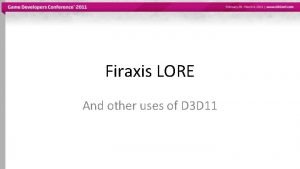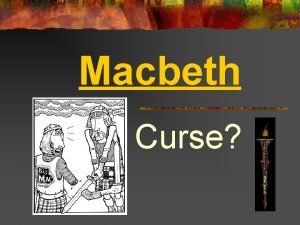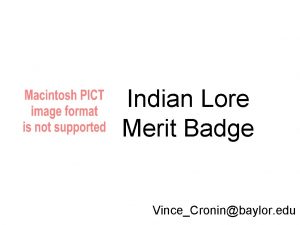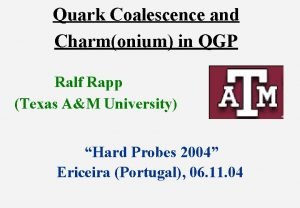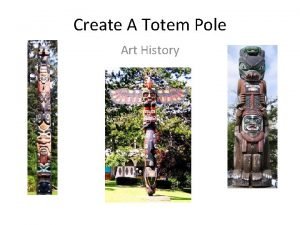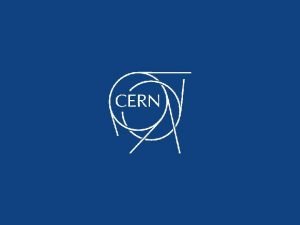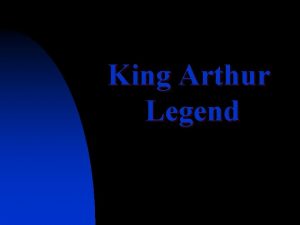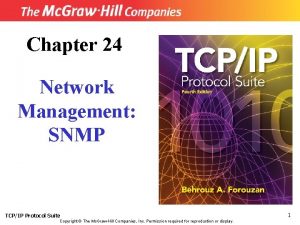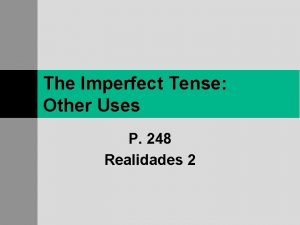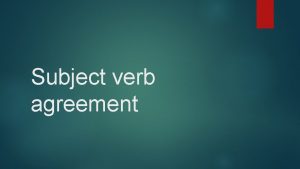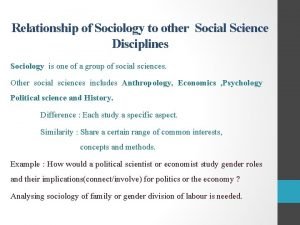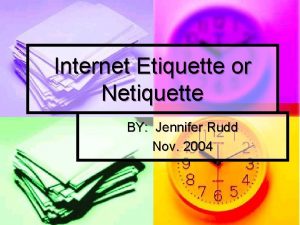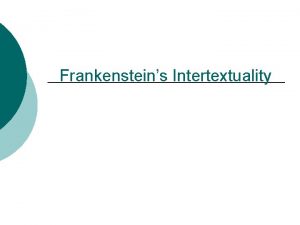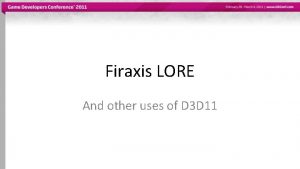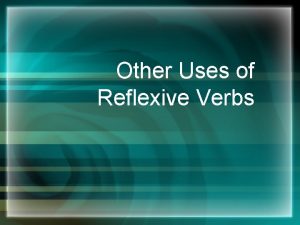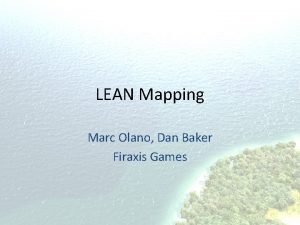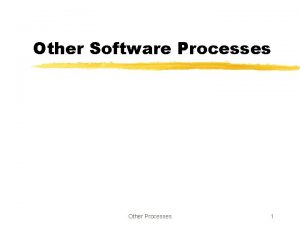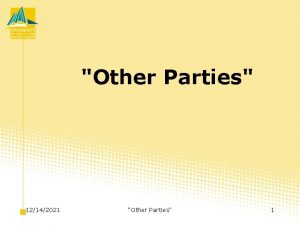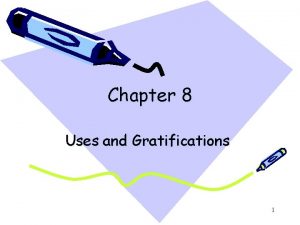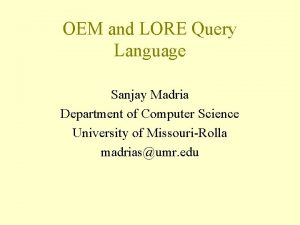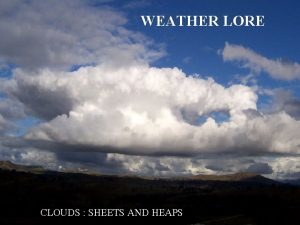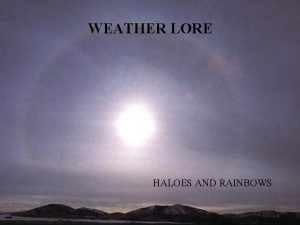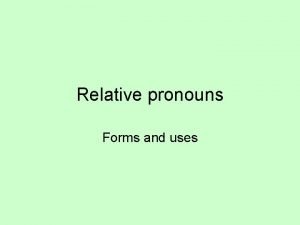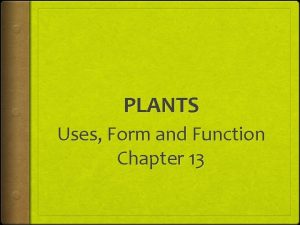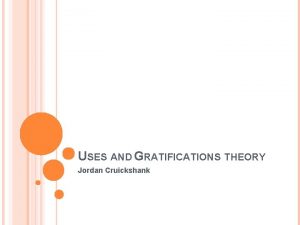Firaxis LORE And other uses of D 3


























- Slides: 26

Firaxis LORE And other uses of D 3 D 11

Low Overhead Rendering Engine • Or, how I learned to Render 15, 000+ batches at 60 FPS

Overview • Civ 5 is a big game, covers 6000 years of history • The entire map can be populated/ polluted with all sorts of things the user creates • Need to be able to render a huge amount of possibly disparate types


Early Goals • Build brand new Engine for Civilization V • Like the game, we wanted graphics engine to be able to ‘stand the test of time’ • Decided while D 3 D 11 was in Alpha to build the engine natively for D 3 D 11 architecture, and map backwards to DX 9

Step 1: Cutting the overhead down • Shaders start in Firaxis Shading Language (FSL) superset of HLSL • Compiles into CPP and Header file – all shader constants are mapped to structs, grouped into packages where all packages have same bindings • Model Code is templated – FSL generated header is then bound with template code • Result is tiny amount of code that fills out required shading, barely shows up on profiling FSL Files CPP / H Template Code Compile Time Glue Code

Step 2: Abstracting the Rendering • Still have to Support DX 9, might have to support consoles in future • Might have to write a ‘driver’ • Our solution: Make DX 9 ‘look like’ DX 11 • Started with as a restricted design as possible, and expanded as we needed to

Packetized Rendering • Stateless rendering, much simpler then D 3 D • Command based – all rendering is performed by self contained command • A command set may contain a list of surfaces to render, each with shader constant payload • A surface is an immutable bundle of an IB, VB, textures, shader def, etc • All state is bundled into a packages Alpha State, Z State, etc. Commands reference one of these state packages • Entire Frame is queued up • Minimal per frame allocation

Only 5 Types of commands • COMMAND_RENDER_BATCHES – A List of surfaces to render into 1 or more rendertargets, with alpha and Zstate bundles – Surfaces have IB, VB, sampler and texture bundles. All required state is specified • • COMMAND_GENERATE_MIPS COMMAND_RESOLVE_RENDERTEXTURE COMMAND_COPY_RESOURCE

Packetized Rendering Command Stream Rendering System Command Stream Rendering Engine D 3 D/Driver

Step 3: Threading Job Job Job Manager Job Command Stream Rendering System

Why do we queue up entire Frame? • Would seem like additional overhead, but perf analysis shows it is a net win – – – Internal command setup is super-cheap, just some mem copies Engine cache coherency is vastly better D 3 D driver cache coherency is much better with one giant dump Very low % of total CPU time spent in submission Allows us to filter redundant D 3 D calls. Call overhead adds up Fast even in DX 9

Implementation advantages • Once ‘stateless’ concept grasped, code maintaince easy • Next to no state-leaking (flickering alpha, textures etc) • Because rendering is packetized, individual jobs need little or no communication between each other • NO THREADING BUGS

Threaded D 3 D 11 submission • Top issues: – Generally High driver overhead for batch submission – But: D 3 D 11 has multithreaded submission – Command Streams not necessarily map 1: 1 to Command. Lists – Civilization V can change how it submits via settings the config files

Step 4: Gloating over results • Wildly surpassed commonly held beliefs on # of batches possible, especially with threading Test Driver with native CL support Driver without CL support Units 1686* 931 Landmarks 1152* 673 Lategame 3616* 2052 *Believed to be GPU limited


Conclusions • High throughput rendering is possible: IF: – care taken to reduce application overhead – Job based, pay-load based rendering – Redundant state and calls filtered – Use D 3 D 11 command lists – Engine can peg 12 threads at 97% (sans driver)

D 3 D 11 Features: Tessellation • Major addition to D 3 D 11 API [Screenshot]

Terrain • Civ 5 contains one of the most complex terrain systems ever made • Complete procedural process • Use GPU to raytrace and anti-alias shadows • Caching system to deal with cases where terrain is too big

Tessellation • Terrain very high detail, roughly 64 x 64 heightmap data per hex • Triangle count, when zoomed out, can be in the millions • Used Tessellation as a ‘drop-in’

Tessellation Cont • Simple Bicupic Beta Spline patches • Adjusted global tessellation as camera moved in and out • A strict performance increase : 10%-40% faster, on both AMD and Nvidia hardware. • More Adapative techinques would work even better, but didn’t have time to implement them

Leaders

Leader Rendering • Largely done with DX 10. 1 rendering tech • New Variable bit rate compression technology implemented for D 3 D 11. • 2. 5 GBs of texture data reduced to 150 mbs, can be decompressed on the GPU • Details forthcoming, research is in publication submission process – extensive use of UAVs

Future Stuff, NO AO

Future Stuff (CS), AO

Q&A
 Lore engine firaxis
Lore engine firaxis Macbeth lore
Macbeth lore Oral lore in philippines
Oral lore in philippines Indian lore merit badge requirements
Indian lore merit badge requirements Seo fase 3
Seo fase 3 Tir na nog myth
Tir na nog myth Ralf rapp
Ralf rapp Art lore
Art lore Pjas cern
Pjas cern King arthur lore
King arthur lore Snmp uses two other protocols and
Snmp uses two other protocols and Types of position
Types of position The imperfect tense other uses (p. 248)
The imperfect tense other uses (p. 248) Snmp uses two other protocols
Snmp uses two other protocols Difference between useful and harmful materials
Difference between useful and harmful materials Bipolar and other related disorders
Bipolar and other related disorders Bipolar and other related disorders
Bipolar and other related disorders What is literary present
What is literary present Equation for square root
Equation for square root Sociology as a social science
Sociology as a social science Respect other people's time and bandwidth meaning
Respect other people's time and bandwidth meaning What are the two vocal styles of singing in pakistan
What are the two vocal styles of singing in pakistan The 10 commandments of netiquette
The 10 commandments of netiquette Osprey symbiotic relationship
Osprey symbiotic relationship It is the complex interrelationship between a text
It is the complex interrelationship between a text Explain how currents and magnets exert forces on each other
Explain how currents and magnets exert forces on each other What effect might alcohol and another drug
What effect might alcohol and another drug
